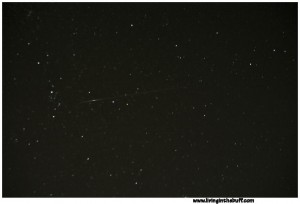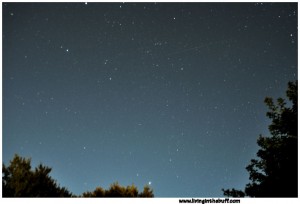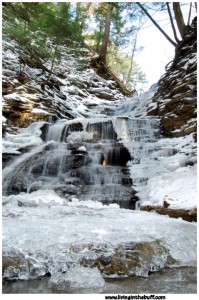When it comes to the conservatives, the Republicans, the MAGA cult, the religious right, the Evangelicals, and the Christian Nationalists, logic isn’t their strong suit; greed is. It always has been. The violence, the thievery, the destruction, the oppression, the greed – all of it has been a constant feature of religions and other sources fascism throughout history. Those who support it are complicit with it, even if they’re in denial about the means to their ends.




